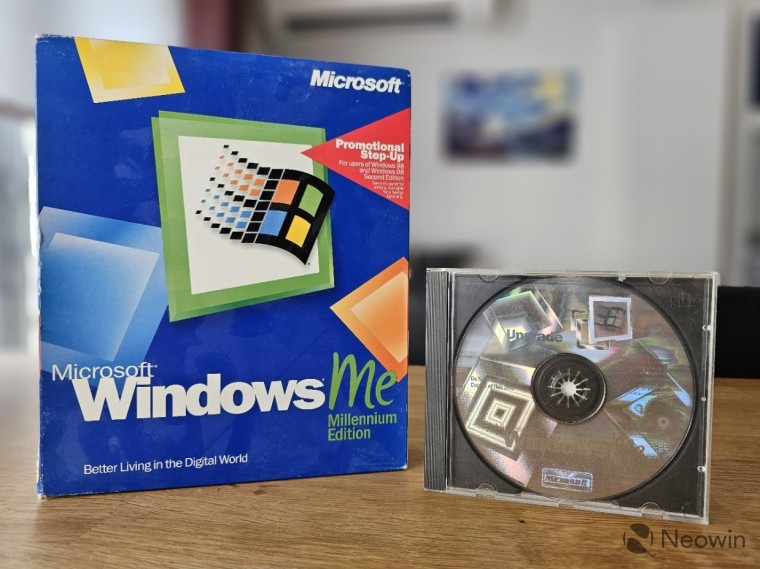
In the year 2000, Microsoft was not having a good time of it. In April of that year, the US courts ruled for the Department of Justice that Microsoft was abusing its power in the PC industry by forcing people to get Internet Explorer bundled with its Windows OS.
It decided Microsoft should be broken up into two companies (Microsoft later made a settlement with the DOJ to keep it in one piece in 2001).
In the midst of all this, Microsoft released two Windows PC operating systems. One was Windows 2000, which was made for business customers. The other was Windows Millennium Edition, better known as Windows Me. It was, simply put, a disaster.
Windows Me went "gold" and headed to manufacturing 23 years ago today, on June 19, 2000. It started appearing on store shelves (remember when you bought OS updates at the store?) and inside new PCs a few months later, on September 14, 2000.

The OS was made specifically for individual home consumers and was developed to be a quick and fast update to Windows 98. It actually shared some parts of Windows 2000, including some of its user interface and its TCP/IP stack.
One thing the two operating systems would not share would be their underlying framework. While Windows 2000 used the Windows NT kernel, Microsoft decided to stick with the DOS framework that was in every other consumer Windows release. That may have been its undoing.
To be completely fair to Windows Me, it did have quite a few new features that would continue in some ways to other versions of Windows. One of the big ones was System Restore, which allowed users to go back a few days to an earlier version of Windows Me if something went wrong, but without deleting any important files or programs.
It also added Auto Update, which allowed the PC to download any Windows ME updates, critical or otherwise, without any human intervention.
Other features in Windows Me included an updated version of Windows Media Player, a new Movie Maker program that let users edit digital film clips and a version of its DVD player that didn't require a separate decoder card inside to play DVD movies.
While Windows Me was based on DOS, Microsoft decided to restrict access to that OS, so it would boot up faster. People who owned it would not see the DOS command line when Windows ME started, and would not see it exit to DOS when they decided to shut down or reboot their PC.

The initial reviews for Windows Me were a bit mixed but were mostly positive. Back in 2000, Paul Thurrott, writing for ITProToday, called the OS a "must-have upgrade for most Windows users." He cited the System Restore and Auto Update features, along with making the OS easier to use with networking features, and more.
CNET's review was a bit more guarded, as it liked the faster boot times and some of its multimedia tools. However, its review claimed that some Windows applications ran slower on Me than on the older Windows 98. As a result, it said that it had some nice features, but it wasn't an essential upgrade option compared to Windows 98.
As it turned out, Windows Me would hit a big barrier once it reached the real world of consumers. Many people reported they were unable to get it installed. If they were lucky to accomplish that task, some reported having problems with running software on the OS, or connecting it to other hardware.
In short, the released version was a mess. How big of a mess was it? PC World named it one of the worst tech products of all time, calling it Windows Mistake Edition.
Microsoft knew it had a turkey on its hands, and the company didn't even bother with things like service packs for Windows Me to add new features. Instead, they moved on to Windows XP, which launched in the fall of 2001 with a Home and Professional Edition, both with the Windows NT kernel.
Many, if not most, Windows 98 users just upgraded to Windows XP without even bothering with Windows Me. Support for both Windows 98 Second Edition and Windows Me ended on July 11, 2006.
While other Microsoft Windows releases like Vista, and especially Windows 8, have their detractors, many feel Windows Me was not only the worst version of Windows ever made, but it was also so unnecessary.
Microsoft could have just updated Windows 98 again with a few new features and launched Windows XP a year later, without even bothering with a version of the OS. It had a few nice additions, but the rush to get it to consumers ultimately did it in.

















55 Comments - Add comment